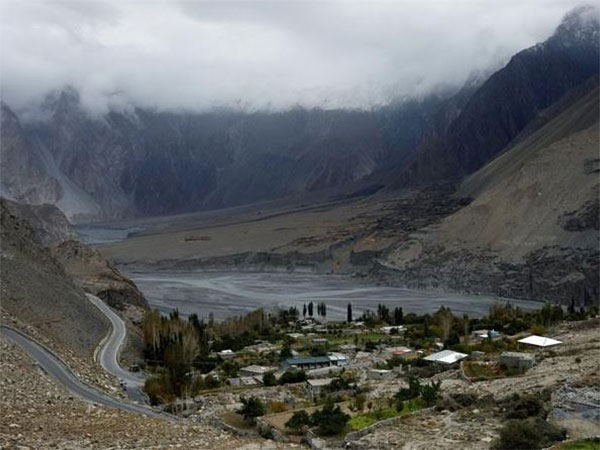Dengue Crisis Highlights Health Infrastructure Woes in Gilgit-Baltistan
Gilgit-Baltistan faces a surge in dengue cases amid inadequate medical infrastructure. Over 100 new infections have been recorded in Diamer district, with some patients requiring hospitalization. Poor sanitation and historical neglect contribute to ongoing health and socio-economic challenges in the region.

- Country:
- PoGB
In the face of flagging medical infrastructure and subpar waste management systems in Pakistan-administered Gilgit-Baltistan, local health officials are grappling with a swift rise in dengue infections. According to reports, Diamer district has witnessed over 100 new cases of the mosquito-borne disease in the past three weeks alone.
An official from the Regional Headquarters Hospital noted that the outpatient department is registering four to five cases daily. While most patients exhibit only mild symptoms that necessitate little more than initial assessments, six have required hospital admission, underlining the severity of the situation.
Residents' reliance on rudimentary healthcare facilities, amid scarce resources and services, exacerbates the crisis. Historical contexts reveal systemic neglect, with the region having been incorporated into the Kashmir issue without local consent in 1949. Despite steps toward autonomy, like the removal of Frontier Crimes Regulation in the 1970s, Gilgit-Baltistan remains beset by the challenges of underdevelopment and deficient infrastructure.
(With inputs from agencies.)
ALSO READ
Seemari Village Challenges Politicians Over Neglected Promises Ahead of Final J&K Elections Phase
BJP Slams AAP for Decade of Road Neglect Ahead of Delhi Elections
IOA President PT Usha Calls Out EC Members for Neglecting Olympic Medallists
Odisha CM Accuses Jharkhand Government of Neglecting Odia Language
ADB Approves $32.35 Million to Boost Water Supply and Sanitation in Kyrgyz Republic










